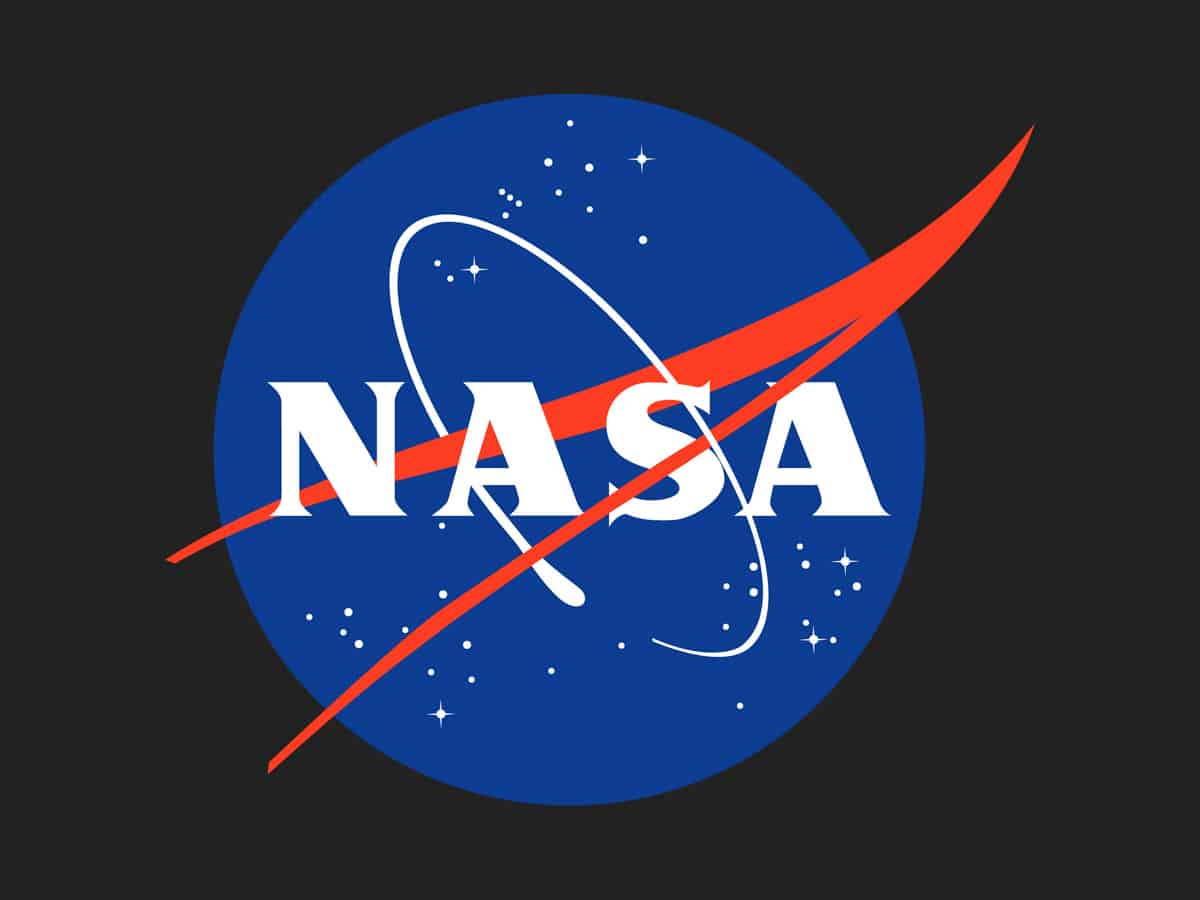
Washington: The US space agency has released a revised blueprint with 63 final objectives for sustained human presence and exploration throughout the solar system, as it plans to land astronauts on the Moon in 2024.
NASA released a revised version of its ‘Moon to Mars’ objectives late on Tuesday.
“We need a roadmap with staying power, and through a collaborative process, we’ve identified a core set of defined objectives to achieve our exploration goals with our partners,” said NASA Deputy Administrator Pam Melroy.
“These objectives are both practical and aspirational, and we were gratified by the thoughtful contributions of our workforce, industry, and international partners who will join us in shaping our future together,” he said in a statement.
The blueprint covers four broad areas: science; transportation and habitation; lunar and Martian infrastructure; and operations.
Under Artemis, NASA has set a vision to explore more of the Moon than ever before.
With its Artemis I mission now on the launchpad, the agency plans to return humans to the Moon and establish a cadence of missions including at the lunar south polar region.
These missions set up a long-term presence to inform future exploration of farther destinations, including Mars.
“We’re helping to steward humanity’s global movement to deep space,” said Jim Free, NASA’s associate administrator for the Exploration Systems Development Mission Directorate.
“The objectives will help ensure a long-term strategy for solar system exploration can retain constancy of purpose and weather political and funding changes. They help provide clear direction as new technologies, vehicles, and elements are developed in the coming years and are designed to be realistically achievable,” added Free.
NASA plans to send the first humans back to orbit the Moon with Artemis II no earlier than 2024, and to the lunar surface no earlier than 2025 on the Artemis III mission.
“We wanted to shape objectives to guide the upcoming missions, as opposed to previous approaches, which consisted of building elements and capabilities first to support the campaign,” said Kurt Vogel, director of space architectures in the office of the NASA Administrator.



